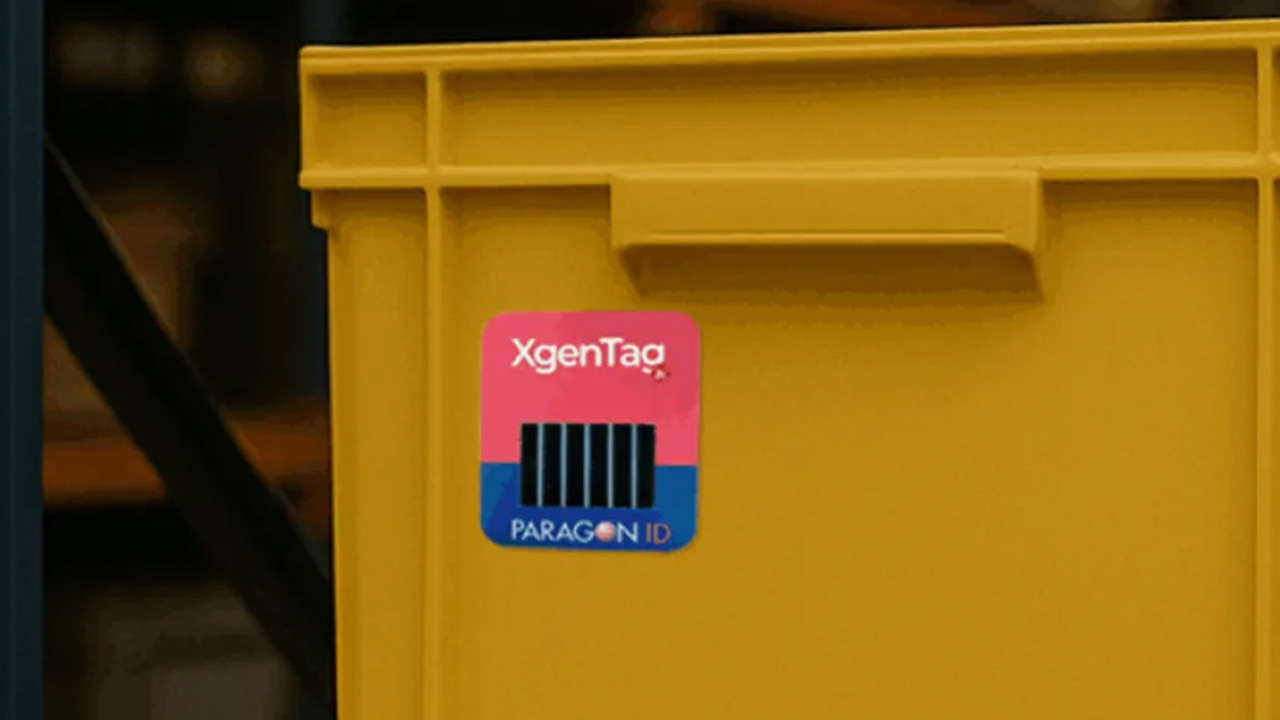Anti-bacterial innovations reach label industry

As the science community rallies behind a vaccine, the label and packaging industry is funneling its R&D efforts into antibacterial and antimicrobial materials, inks and coatings that minimize the spread of germs or offer resistance to various types of bacteria, spores and viruses.
These materials are making a resurgence in the printing industry, particularly in labels and packaging in order to provide surface protection on everyday products.
Even before Covid-19, the market for antimicrobial coatings was valued at 3.2bn USD, according to a report by Global Market Insights. Couple that with the current global health pandemic, and the valuation of the antimicrobial materials market is expected to reach 6.3bn USD by 2026, the report states.
These industry players are citing a variety of applications for these materials, with the healthcare and pharmaceutical sectors being the obvious choice. But many have seen an increase in demand in food packaging and from restaurants, and the materials could easily resonate with today’s hygiene-conscious consumer. This is only expected to grow, as an increasing prevalence of infections is likely to boost demand.
Materials
Taghleef Industries introduced at Labelexpo Americas 2016 an antibacterial film called BacterStop that’s intended to keep surfaces clean, repel bacteria and reduce the risk of cross contamination. The film was slow to take off in the label market initially, but BacterStop has found commercial success in other graphics arts industries, particularly printed menus in restaurants or hospitals and safety cards in airplanes, for example.
‘I’m expecting this to become the new standard in the graphic arts industry,’ says Filip Sarka, regional manager, North America, at Taghleef Industries.
Taghleef Industries has seen renewed interest in BacterStop from the label community since the Covid-19 outbreak. The material is available in matte and gloss films and is certified to eliminate 99.9 percent of bacteria that comes in contact with the film.
BacterStop is not a coating, but rather the antibacterial properties are built into the film, which means it won’t wash off in the cleaning process. Taghleef guarantees the antibacterial properties through the life of the product, Sarka says.
It’s important to note that BacterStop, and most antibacterial products in the market, can kill bacteria, but it does not have antiviral properties so it cannot kill Covid-19 or other viruses.
‘Right now, we cannot certify antiviral properties,’ Sarka says. ‘What we can certify is the elimination of 99.9 percent of the bacteria that comes in contact with the film surface. That’s what we can guarantee today.’
He points out that even though BacterStop doesn’t kill the Covid-19 virus, neither does hand sanitizer. Like hand sanitizer, BacterStop is another tool in the toolbox.
‘Look at the standards everyone is applying, there is a crucial amount of prevention going on in the marketplace,’ Sarka says. ‘When the Covid-19 outbreak happened, there were no hand sanitizing gels available in the stores. Do they kill Covid-19? They don’t, but do they increase prevention levels? They do, and that’s why we use them.
‘We are told to wash our hands, wear face masks, cover our faces. None of that kills Covid-19 but we do that because it does increase our prevention level and reduces our exposure to bacteria and viruses.’
Coatings
While BacterStop has the germ-fighting properties built into the material itself, other suppliers are bringing various antibacterial varnishes and coatings to the market.
Siegwerk is expanding this technology in the EMEA region through a distribution partnership with Varcotec for Lock 3 coating technology. The product helps avoid risks of transmitting bacterial and viral infections when products’ printed surfaces are handled by multiple people in a short time.
A water-based overprint varnish, Lock 3 allows for permanent disinfection of the printed surface under ambient room lighting or in open daylight. Lock 3 contains a patented substance, that uses photodynamics. The photocatalyst is activated by visible light and transfers the energy thus absorbing the surrounding oxygen. This process creates so-called singlet oxygen, efficiently killing germs by oxidizing its shells.
Tests have shown that Lock 3 varnishes can kill both bacteria and infectious viral particulates by more than 99 percent. Additional tests against other virus strains, including three coronaviruses, are currently in the testing phase.
US-based Interactive Inks and Coatings has seen great success with its InhibiCoat primers, inks and coatings since the Covid-19 pandemic struck. InhibiCoat launched last August with an active ingredient that’s found in a cleaning product, AgentPlus, which contains silver and copper nanoparticles.
The silver and copper ions form part of a unique coating, providing an active concentration on the paper surface, with the silver ions causing functions in the bacteria to break down and, consequently, the bacteria being unable to reproduce and therefore inhibiting bacterial growth. This helps to break the chain of contamination on manually handled products and packages.
InhibiCoat kills 99.9 percent of bacteria based on EPA testing, and will undergo coronavirus testing later this year. The active ingredients are EPA registered for surface treatment.
‘The spread of bacteria was a concern which existed before Covid-19,’ said Jeff Lord, who is in technical sales at Interactive Inks and Coatings. Lord also invented AgentPlus. ‘The Covid-19 pandemic heightened everyone’s attention to it. We’ve had Sars and other outbreaks in the past, and we have to be prepared for them. That has always been the goal of AgentPlus and InhibiCoat.’
Best as an overprint, InhibiCoat has seen interest in wristband, bank cards, hotel room keys, hand wraps for door handles, food and pharma labels and more.
‘We don’t usually launch a product with a “build it and hope they will come” mentality, but in the world we’re in today, the customers don’t seem to stop coming,’ Lord says.
Prime Source OPC, a label converter in Winston-Salem, North Carolina, is an InhibiCoat customer. ‘There is no doubt the Covid-19 outbreak will change our perspective on a number of factors throughout manufacturing, and beyond,’ the company says. ‘However, it’s what we learn from these challenges that will make us stronger as a nation. We can begin pulling resources and innovating technologies to protect the human race and our processes as we engage with each other on a global level.’
Stay up to date
Subscribe to the free Label News newsletter and receive the latest content every week. We'll never share your email address.


